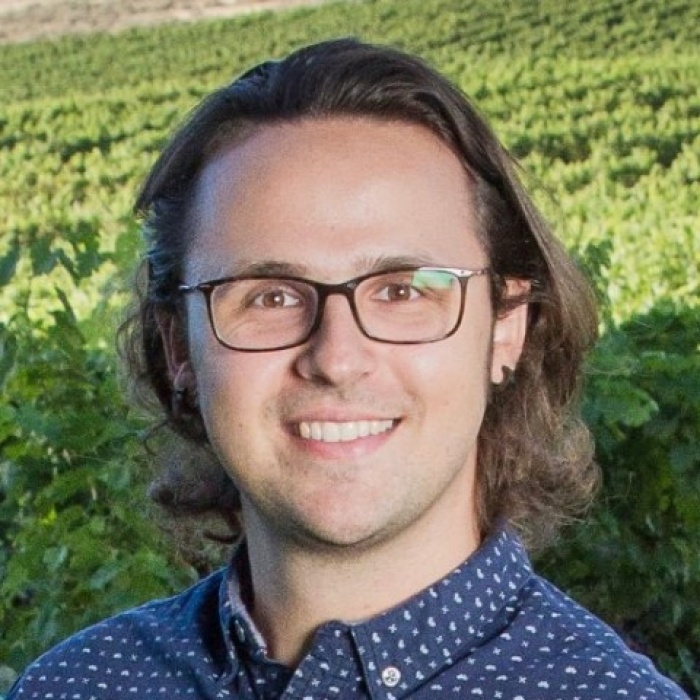Demyan (Dem-YAH-n) Prokopchuk was born and raised in Saskatoon, Canada. In 2009, he received his BS in chemistry with a minor in Computer Science from the University of Saskatchewan. In 2015, he completed his PhD at the University of Toronto under the supervision of Prof. Robert Morris, funded by an NSERC CGS-D scholarship. During this time, he also spent 5 months doing research at ETH Zürich, funded by an NSERC Michael Smith Foreign Study Supplement. From 2015-2017, Demyan was a postdoctoral fellow at Pacific Northwest National Laboratory in Washington state, co-supervised by Dr. Morris Bullock and Dr. Michael Mock. After a brief postdoctoral fellowship at the University of Calgary with Prof. Warren Piers in 2018, Demyan began his independent career in 2019 in the Department of Chemistry at Rutgers-Newark. His group currently designs new redox-active transition metal complexes with a special emphasis on understanding homogeneous reaction mechanisms that involve C-H, N-H, or H-H activation.
The Importance of Measuring C-H Bond Strengths for Chemical Fuel Synthesis and Organometallic Chemistry
Making and breaking carbon-hydrogen bonds selectively and efficiently continues to be of prime importance to synthetic chemistry. Organometallic chemists are constantly developing new methodologies to control the reactivity of C-H bonds for making medicines, fuels, agrochemicals, and materials – all which heavily rely on transition metal catalysts to mediate these reactions. We have developed iron-based electrocatalysts for H2 production that follow an unusual reaction mechanism, with a key elementary step involving protonation of a cyclopentadienyl (Cp) ring coordinated to iron.1 Quantum chemical (DFT) calculations help rationalize the proton/electron free energy landscape with high levels of accuracy. We have recently developed a new method for measuring the C-H bond strength in an organometallic nickel complex, providing insights into the thermochemical requirements of functionalizing inert C-H bonds for applications in organic synthesis.2
1. Sánchez, P.; Goel, B.; Neugebauer, H.; Lalancette, R. A.; Grimme, S.; Hansen, A.; Prokopchuk, D. E. Inorganic Chemistry 2021, 60 (22), 17407-17413.
2. Lin, L.; Spasyuk, D. M.; Lalancette, R. A.; Prokopchuk, D. E. Journal of the American Chemical Society 2022, 144 (28), 12632–12637.



